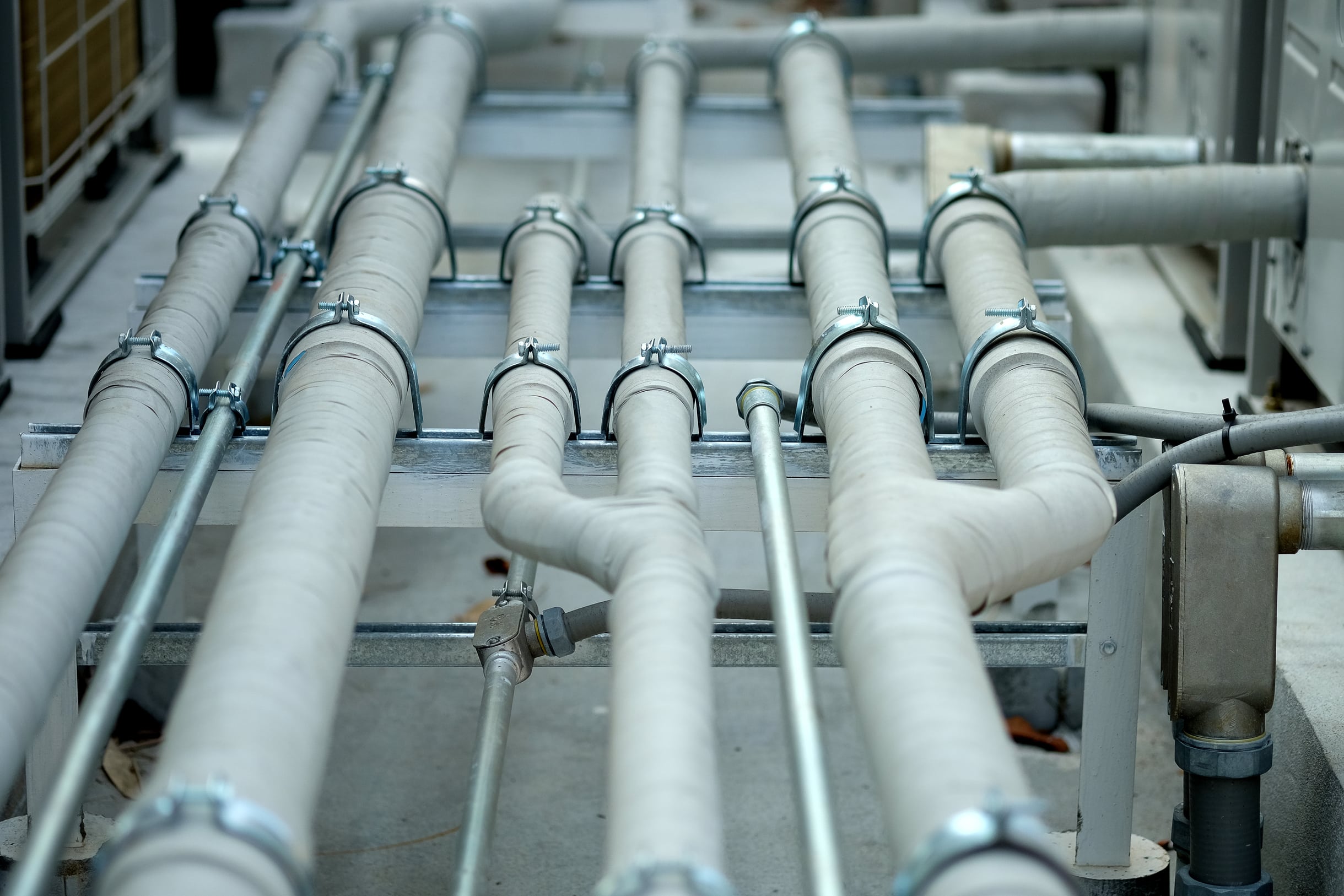How to Properly Set Up an Aftermarket Electronic Boost Controller on a Mitsubishi Eclipse?

In the world of aftermarket performance tuning, the electronic boost controller (EBC) holds a prominent place. It’s a gadget that can enhance your vehicle’s power output, control turbo boost pressure, and transform your driving experience. But setting one up on your Mitsubishi Eclipse requires a touch of technical know-how. This article guides you through the process, making it easier to rev up with confidence.
Understanding Your Electronic Boost Controller
Before jumping into the installation process, it’s imperative that you have a clear understanding of what an Electronic Boost Controller, or EBC, is and how it works. An EBC is a device that controls the amount of pressure, measured in pounds per square inch (psi), that a turbocharger can apply to an engine.
Also to see : What’s the Best Technique for Cleaning the EGR Valve in a Diesel-Powered BMW X5?
A turbocharger effectively forces more air into the engine, which in turn allows more fuel to be ignited, thereby increasing power. However, the turbocharger does this by running off the exhaust gases from the engine, which creates pressure. This is where an EBC comes in – it controls this pressure to ensure the turbocharger doesn’t overboost and potentially harm the engine.
Choosing the Right Boost Controller for Your Eclipse
In forums, car enthusiasts share their experiences and advice on selecting the right boost controller. Members who’ve joined such forums swear by the importance of compatibility between the controller and your vehicle’s Electronic Control Unit (ECU). The ECU is the brain of your car, managing and controlling various systems.
In the same genre : Can You Enhance the Comfort of an Audi A6 with Adaptive Air Suspension Calibration?
When choosing a boost controller, ensure it’s compatible with the ECU of your Mitsubishi Eclipse. Some aftermarket controllers might require additional modifications to the ECU or other parts of the engine. Check the manufacturer’s specifications and compare them with your car’s stock specifications. Read through replies and threads on forums and seek advice from trusted sources before making a decision.
Installing the Boost Controller
The installation process of an aftermarket boost controller requires a meticulous approach. You will firstly need to locate your car’s stock boost controller, which is usually located near the turbocharger. This will need to be removed and replaced with the aftermarket controller.
Once the stock controller is out of the way, connect the aftermarket controller according to the manufacturer’s instructions. You will likely need to connect several hoses, including one that runs from the controller to the wastegate actuator, which controls the turbo.
Remember, while the aftermarket boost controller has been designed to enhance your car’s performance, incorrect installation could lead to serious engine damage. So, take your time and ensure it’s done correctly.
Tuning Your Boost Controller
After installation, your car isn’t ready to hit the road just yet. The new boost controller will need to be tuned to ensure optimal performance. This means adjusting the boost pressure setting to suit your car’s capabilities and your driving style.
The ideal psi will depend on a variety of factors, including the type of turbocharger your car has, its stock boost pressure, and the type of fuel you use. You should start with a low boost setting and gradually increase the pressure while monitoring your car’s performance and listening for any unusual noises.
Keeping an Eye on Performance
With the new EBC installed and tuned, it’s time to monitor how the car is running. Keep an eye on the boost gauge and listen to your engine. If you notice any unusual noises, or if the car isn’t performing as expected, it may indicate that the EBC needs further tuning or that there’s a problem which needs addressing.
Remember to regularly check the boost pressure and adjust the controller as needed. Regular maintenance is crucial to ensure the longevity of your EBC and the overall health of your engine.
In the end, setting up an aftermarket electronic boost controller on your Mitsubishi Eclipse takes careful consideration, precise installation, and diligent monitoring. Sourcing information from trusted forums, understanding your vehicle’s stock specifications, and respecting the car’s unique needs are the keys to unlocking enhanced performance.
Looking after Your Electronic Boost Controller
The electronic boost controller, once installed, needs your consistent attention to ensure it functions optimally in the long run. Similar to other parts of your Mitsubishi Eclipse, your EBC is not a ‘set and forget’ kind of device.
Begin by regularly inspecting the boost controller and its related components. For instance, the boost gauge offers valuable information about the boost pressure. It’s essential to regularly monitor this gauge, especially after you’ve recently installed a new boost controller or adjusted the boost pressure. Any significant change in the readings could hint at a potential problem.
Also, ensure that you examine the control solenoid and the connecting hoses for any signs of wear or malfunction. These inspections could prevent possible failures that could otherwise lead to significant damage to your engine.
But what if you notice a problem? Well, that’s where the expertise and experiences of the DSM tech community and forum members come in. These platforms serve as a treasure trove of information and resources, where you can potentially find solutions to common issues related to the boost control system.
Of course, it’s not just about troubleshooting. Regular maintenance is equally important. This could involve cleaning the boost controller, replacing worn-out parts, and ensuring that the hoses and connections are in good condition. And remember, if the boost pressure ever exceeds the suggested boost level for your specific model (like the Eclipse GSX), it’s advisable to consult with a professional.
Conclusion: Harnessing the Power of Your Aftermarket Boost Controller
In conclusion, configuring an aftermarket electronic boost controller on your Mitsubishi Eclipse is not merely about installation and tuning. It’s a process that involves understanding the physics behind boost control, making informed decisions about the right controller for your vehicle, meticulous installation, tuning to the optimal boost pressure, and subsequent monitoring and maintenance.
It’s a path that requires dedication, a dash of technical acumen, and a significant amount of patience. However, the rewards are equally impressive. From enhanced engine performance to the sheer joy of hitting the road with a perfectly tuned boost controller, the journey is truly worth it.
As a daily driver, you should always remember that your car is an intricate system. Every element, including the boost controller, has a role to play in ensuring a smooth and efficient drive. Regular checks, necessary adjustments, and proactive maintenance of the boost controller will contribute to a healthy engine management system and a remarkable driving experience.
Finally, never underestimate the importance of community. The experiences, advice, and solutions shared by forum members are invaluable. They help you stay informed, troubleshoot issues, and ultimately, get the most out of your aftermarket electronic boost controller.
So, buckle up, and prepare to experience the thrilling performance that your Mitsubishi Eclipse is capable of delivering, all thanks to a well-tuned aftermarket electronic boost controller.
